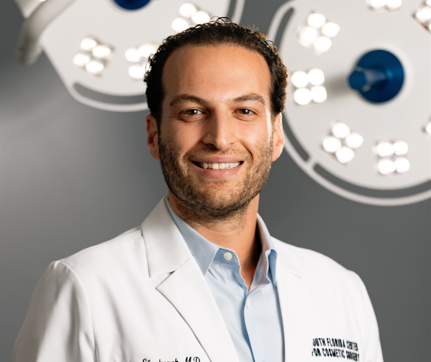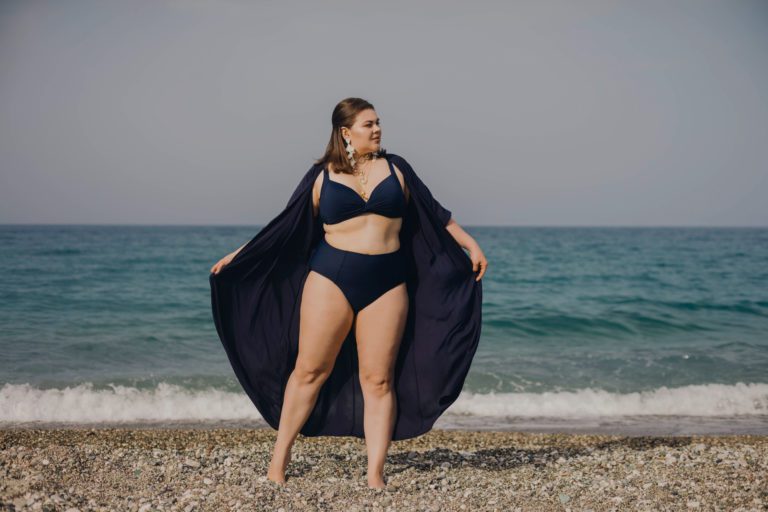
Why Winter Is the Best Time for Plastic Surgery
Choosing the right time for cosmetic surgery can make just as much of a difference as choosing the right procedure. While plastic surgery is performed

Choosing the right time for cosmetic surgery can make just as much of a difference as choosing the right procedure. While plastic surgery is performed

Beautifully sculpted cheekbones have long been associated with youth, balance, and elegance. High, defined cheeks frame the face, create natural dimension, and contribute to a

Back fat is one of the most underestimated body contouring concerns. Many patients assume it is simply a matter of weight gain, but in reality,

A 2025-2026 Spotlight on Excellence, Innovation, and Patient-Centered Aesthetic Care When Fort Lauderdale Magazine announced its Best of Fort Lauderdale awards this year, one category

Body contouring has entered a new era—one that favors personalization over exaggeration, precision over volume, and intention over trends. As patient goals evolve, so does

Loose abdominal skin is one of the most frustrating and emotionally challenging consequences of major weight loss, pregnancy, and aging. While reaching a healthier weight

Inner thigh concerns are incredibly common, yet often misunderstood. Many patients struggle with stubborn fat, loose skin, or changes in the thigh area after weight

Major body changes—whether from pregnancy, significant weight loss, or the natural aging process—don’t just change the number on the scale. They change how skin behaves,

Significant weight loss can feel life-changing — physically, mentally, and emotionally. With the rise of GLP-1 weight loss medications, more patients than ever are reaching
915 Middle River Dr. #213
Fort Lauderdale, FL 33304
Phone: (954) 565-7575
Privacy Policy | HIPAA privacy | Notice of Accessbility | Terms & conditions | Refund & Cancellation Policy | Copyright © 2025 South Florida Center for Cosmetic Surgery. All rights reserved.